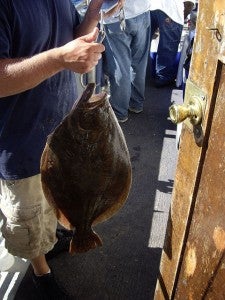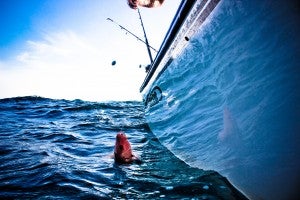Originally published on November 18, 2013 on the Oceans Health Index Website
Introduction
Written by Steven Katona, Managing Director, Ocean Health Index
Maximizing sustainable food production from the ocean by harvest of wild fish stocks and production of farmed species by mariculture is one of the 10 goals evaluated by the Ocean Health Index, and it is especially closely watched because it is so critical for the future.
Three billion people out of today’s world population of 7.1 billion people depend on seafood for their daily protein and fish contribute a greater proportion of protein to the average diet than poultry. A single serving of fish or shellfish (150 g) provides 60% of a person’s daily protein requirement, but the ocean’s continued ability to meet that need is in doubt. Our population is rising steadily and will reach about 8 billion by 2024 and 9 billion by 2040, but the annual catch from wild ocean fisheries has stayed at about 80 million metric tons since about 1990 despite increased effort. The reason is that too many stocks are overfished and too much productivity is sacrificed as bycatch, illegal and unregulated catch and as a result of habitat loss caused by destructive fishing practices.
Yet without increased wild harvest and augmented mariculture production, the risk of malnutrition will increase for hundreds of millions of people, because the catch will have to be shared by so many more mouths. Read More




